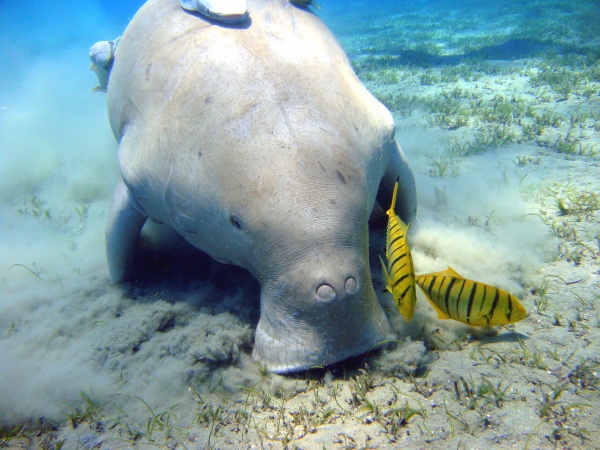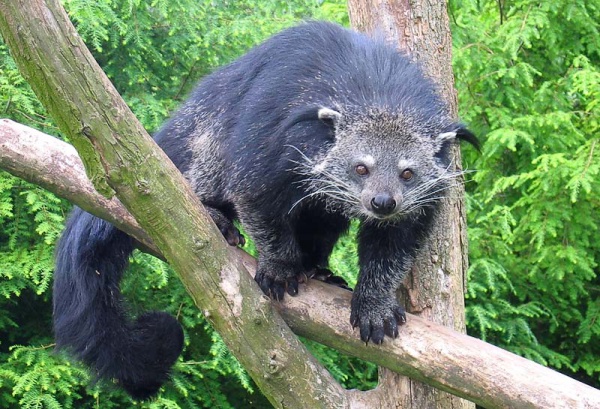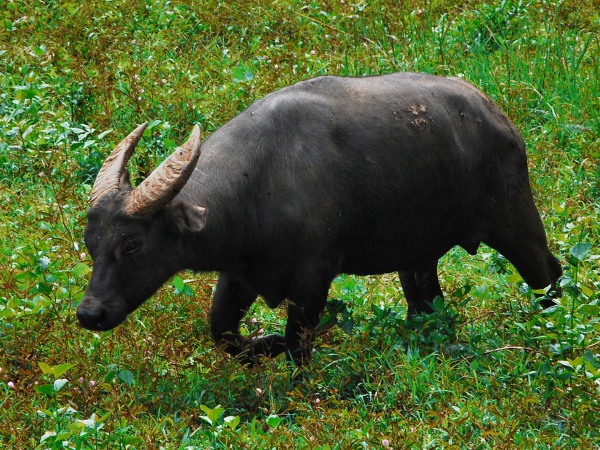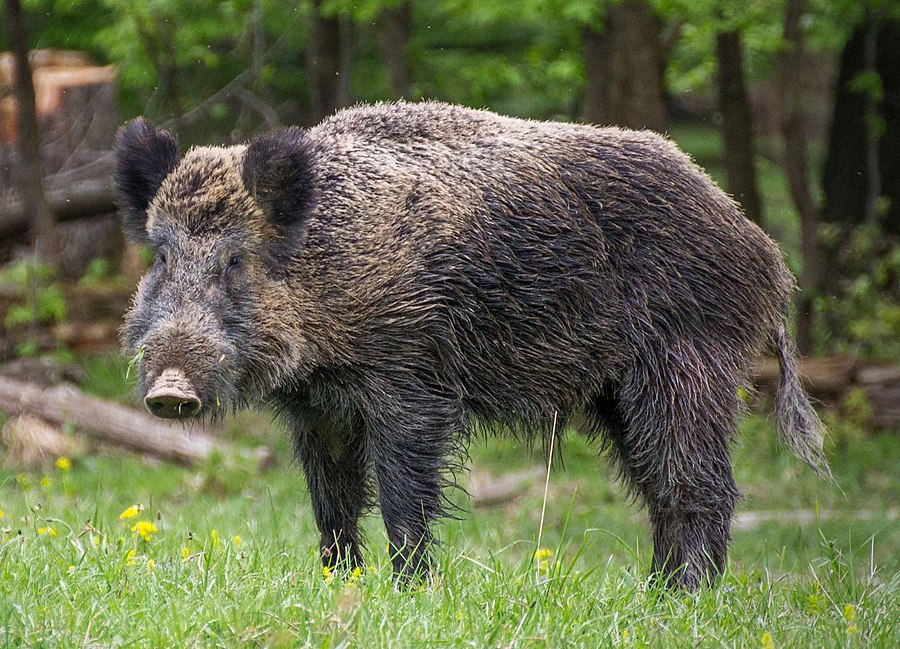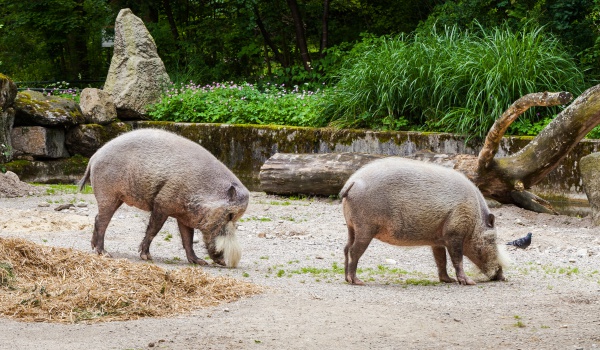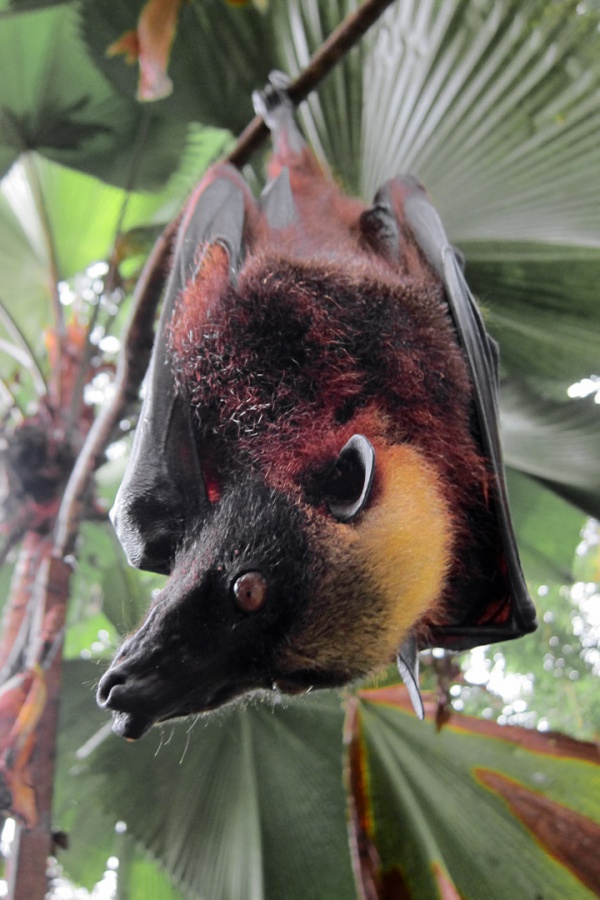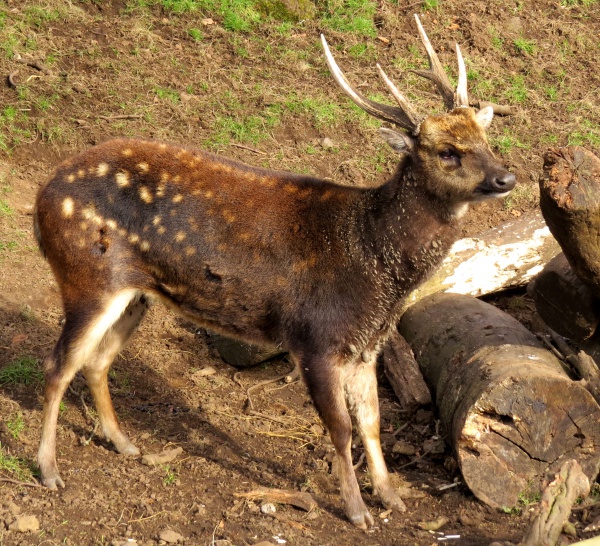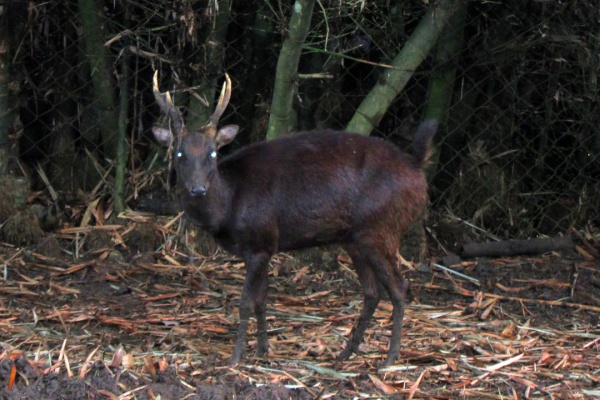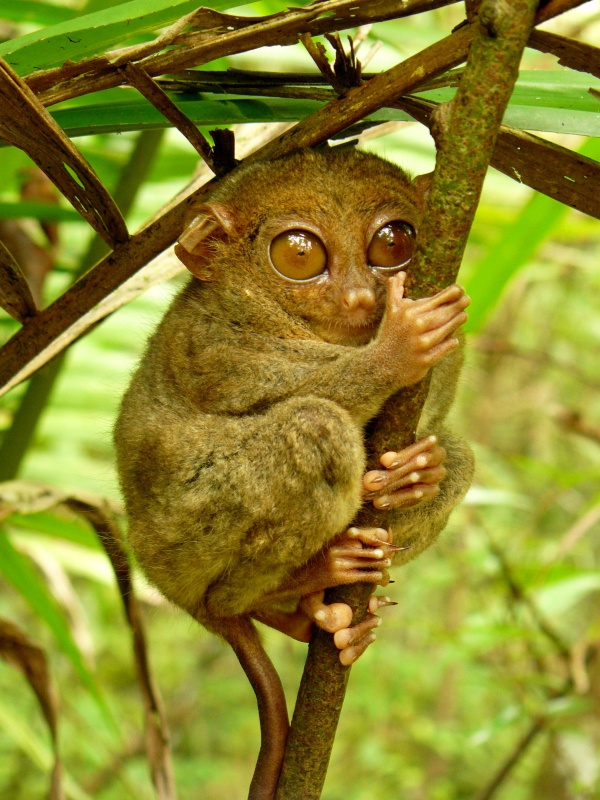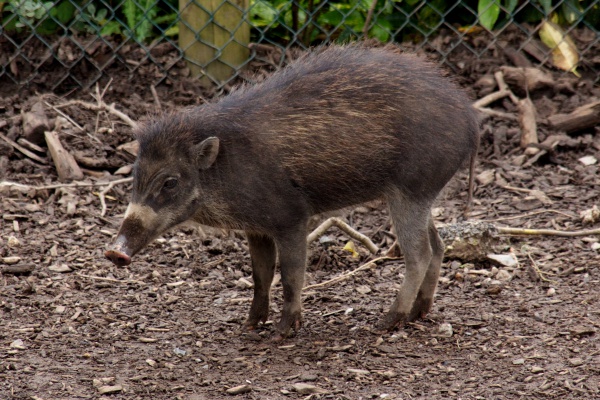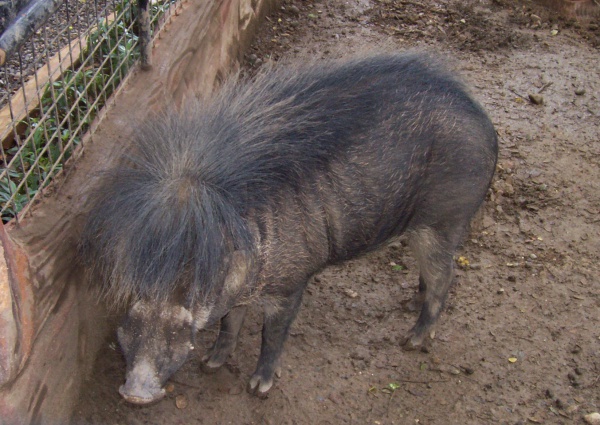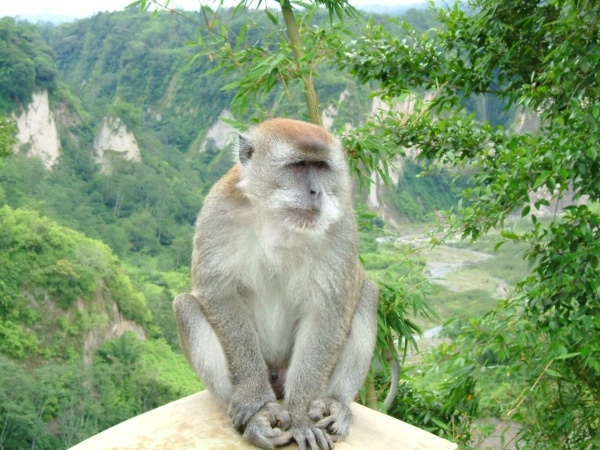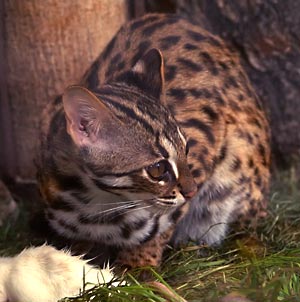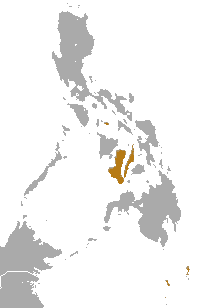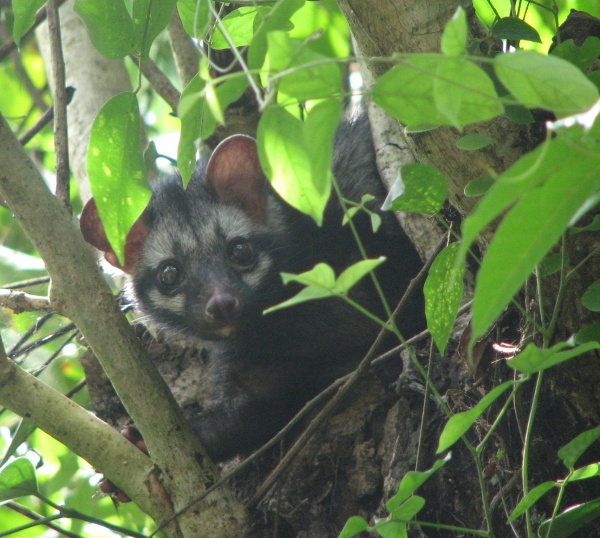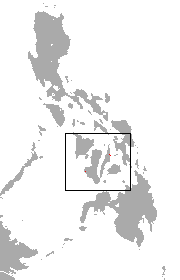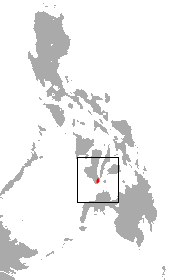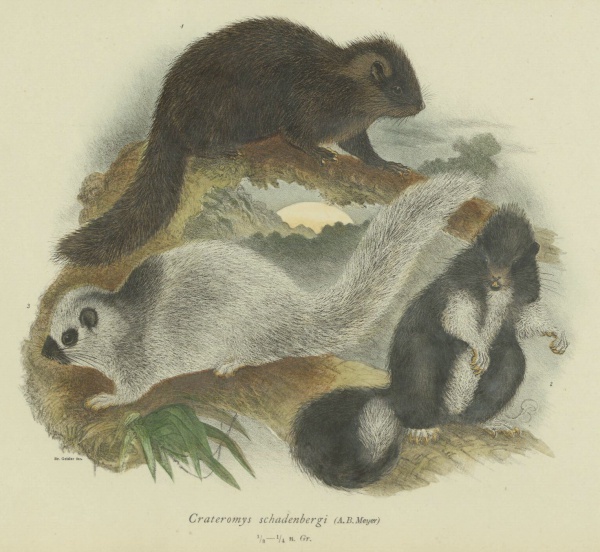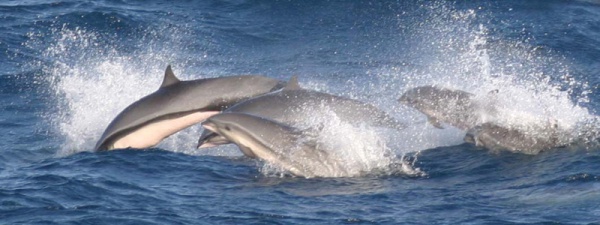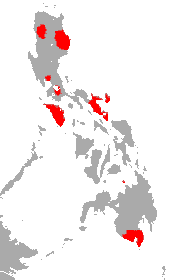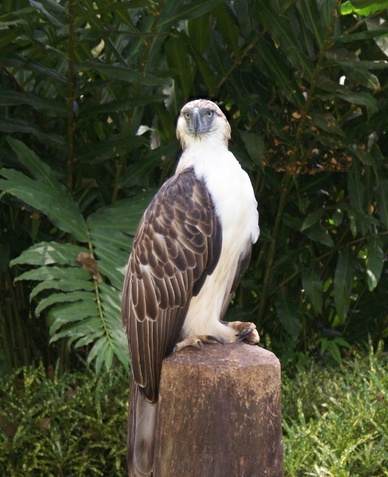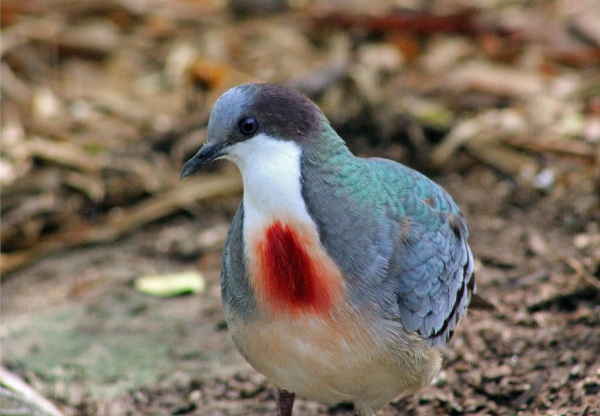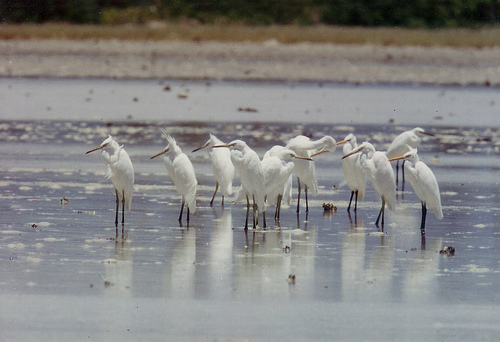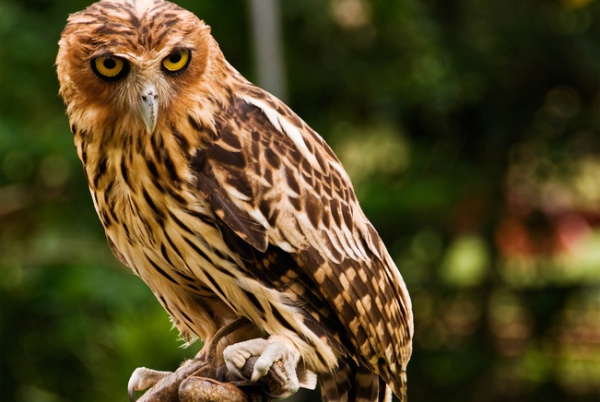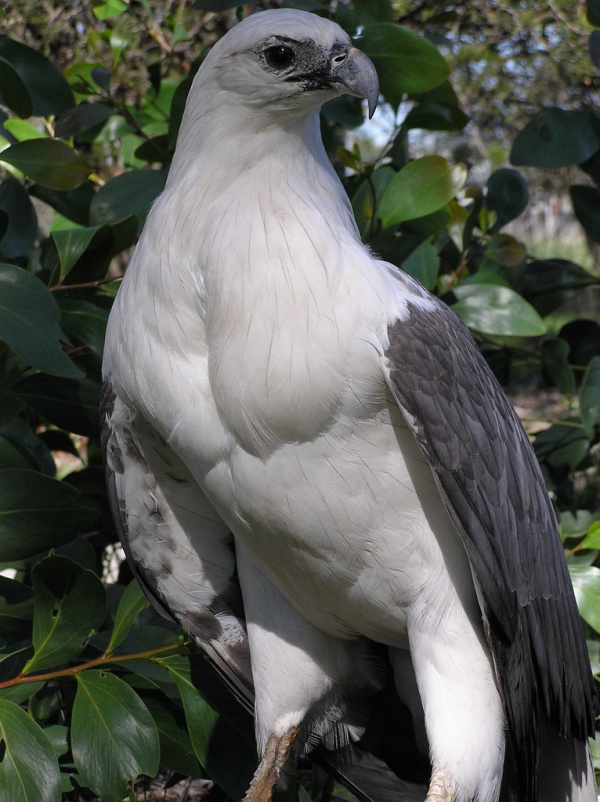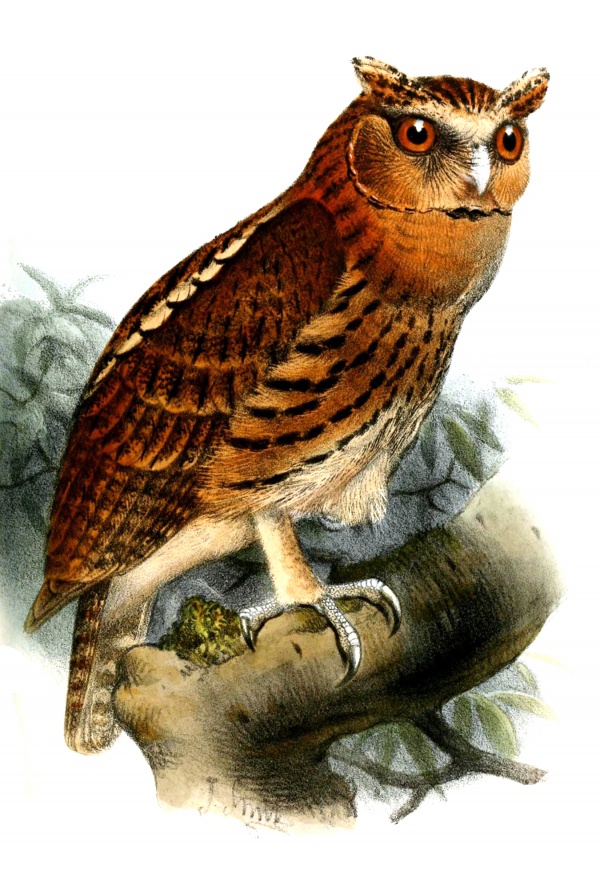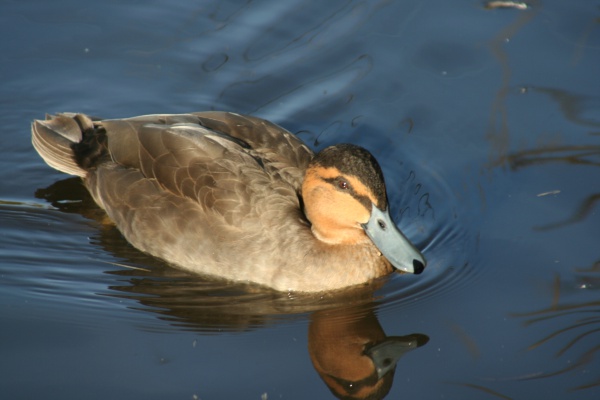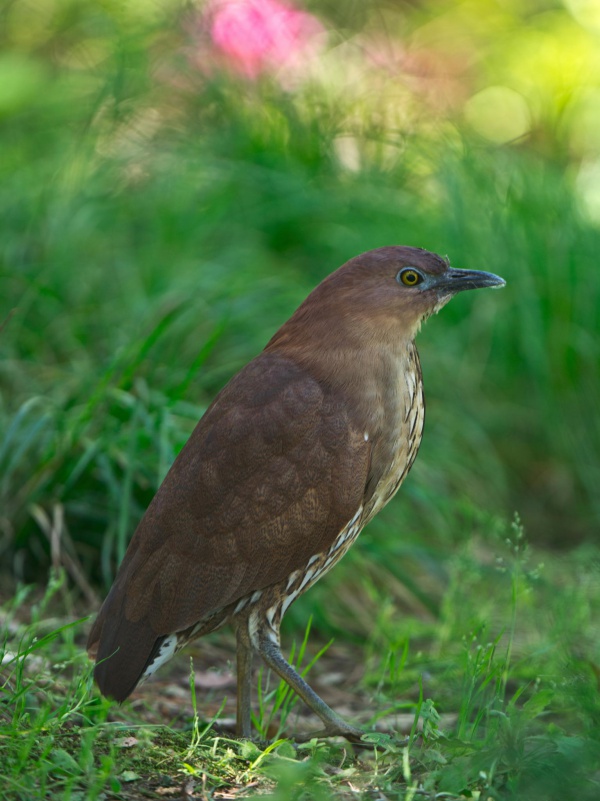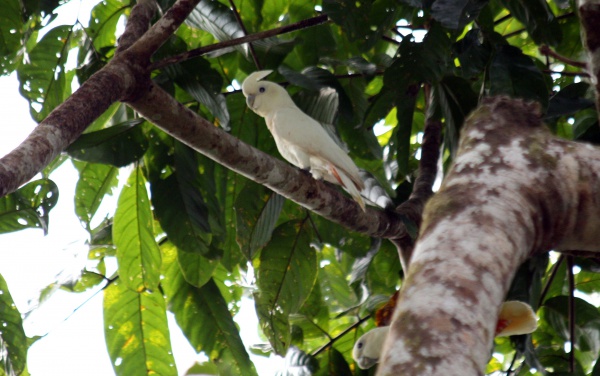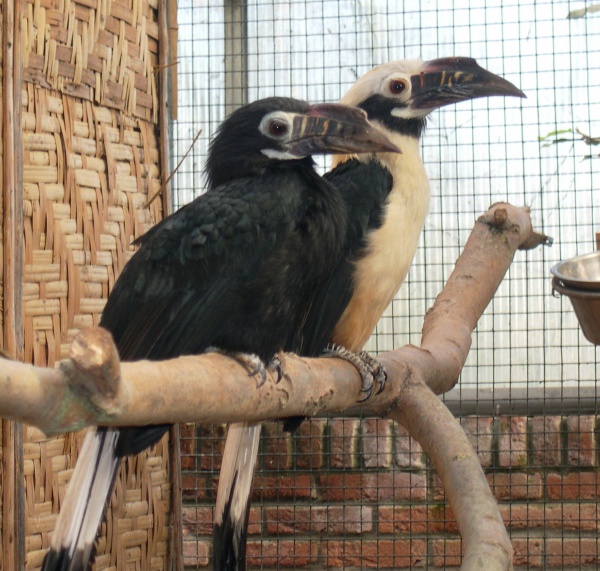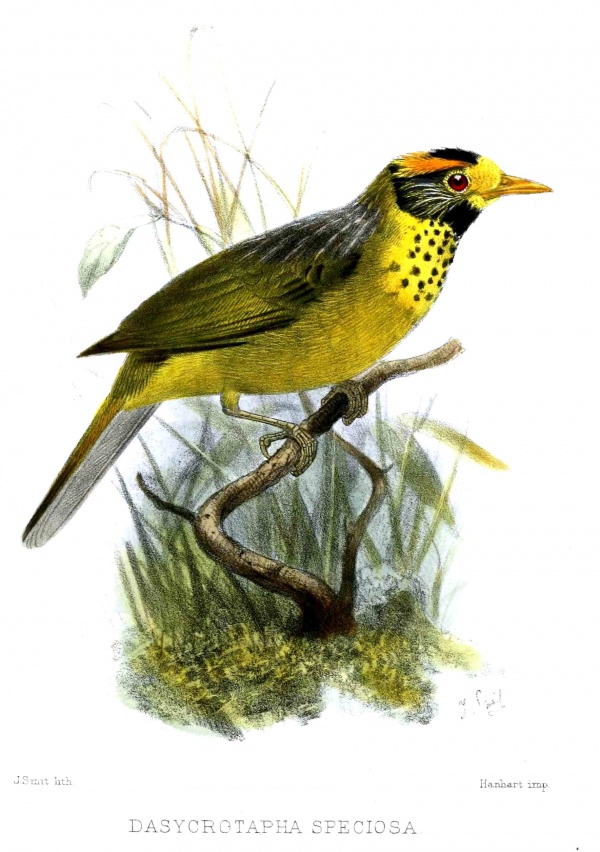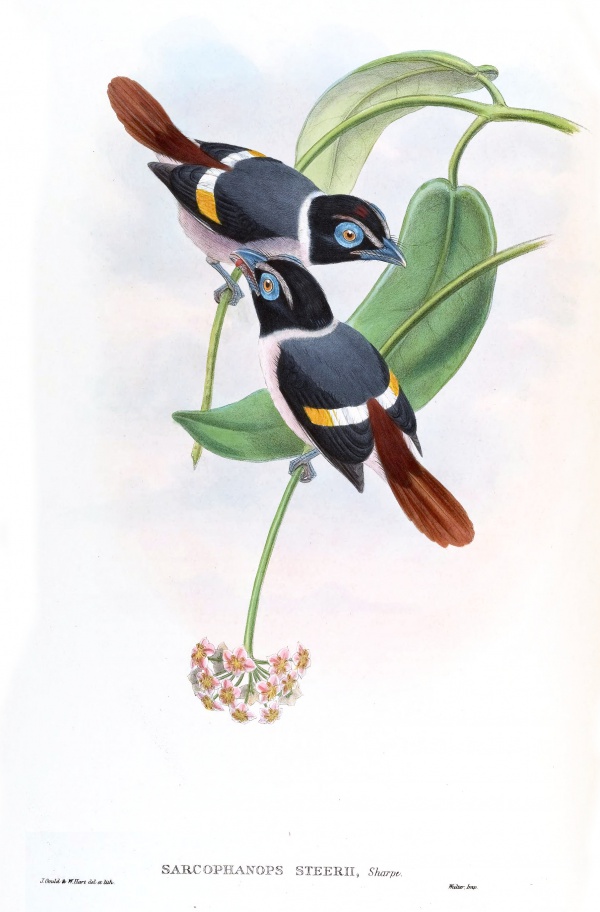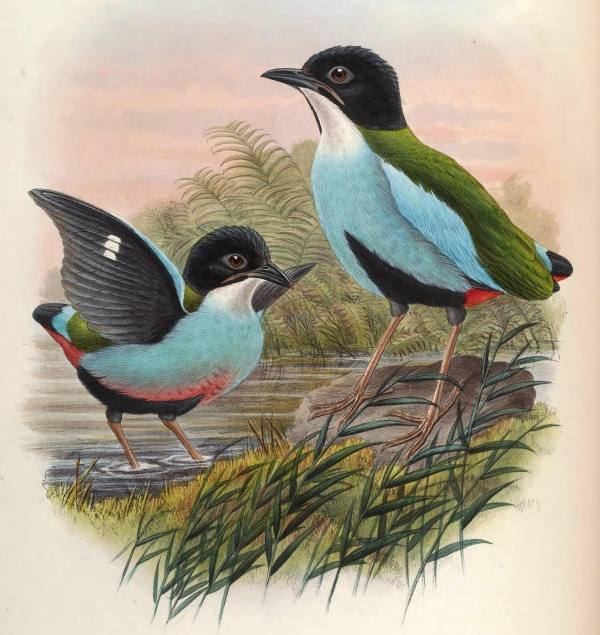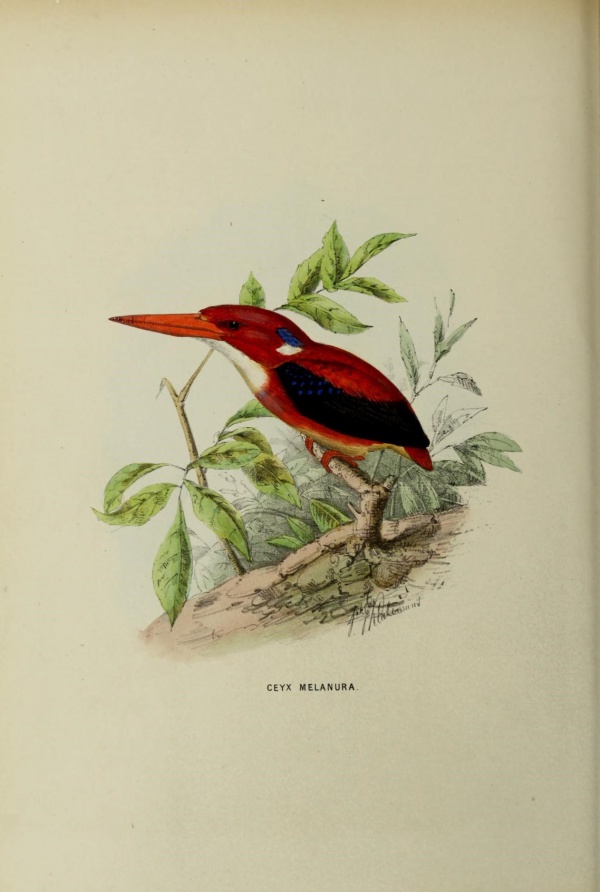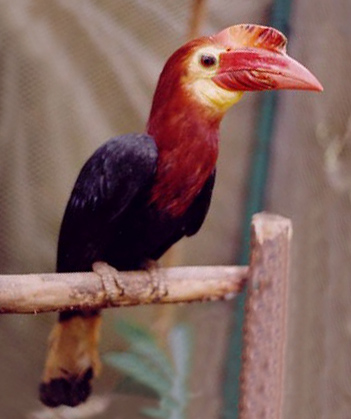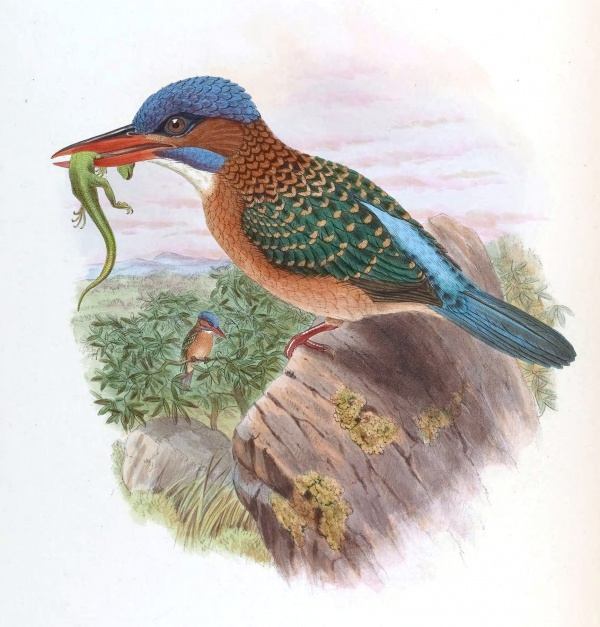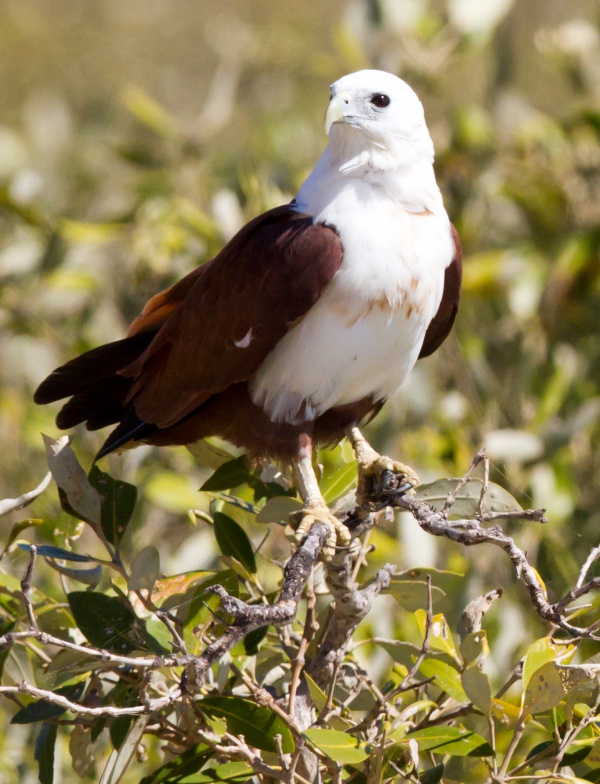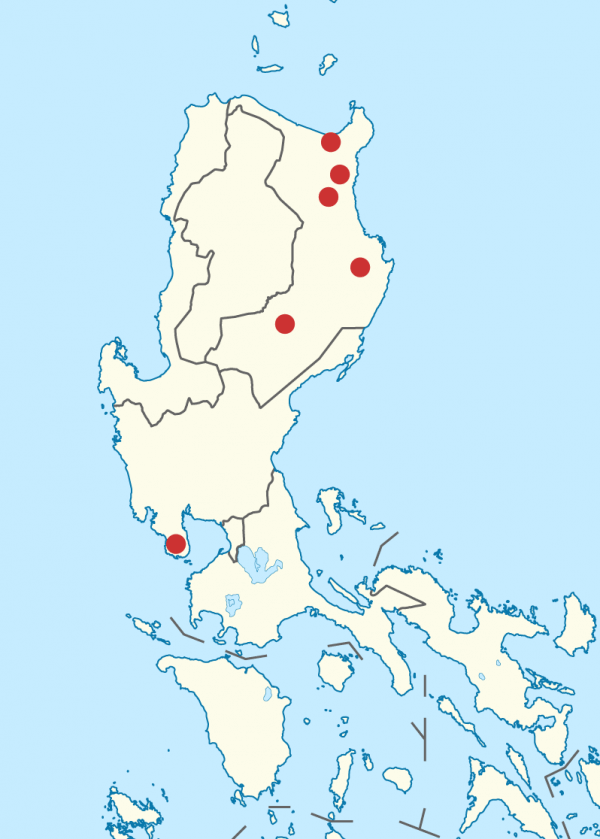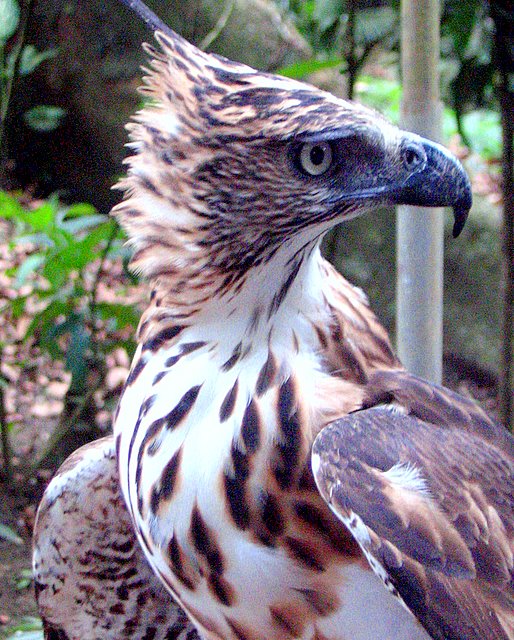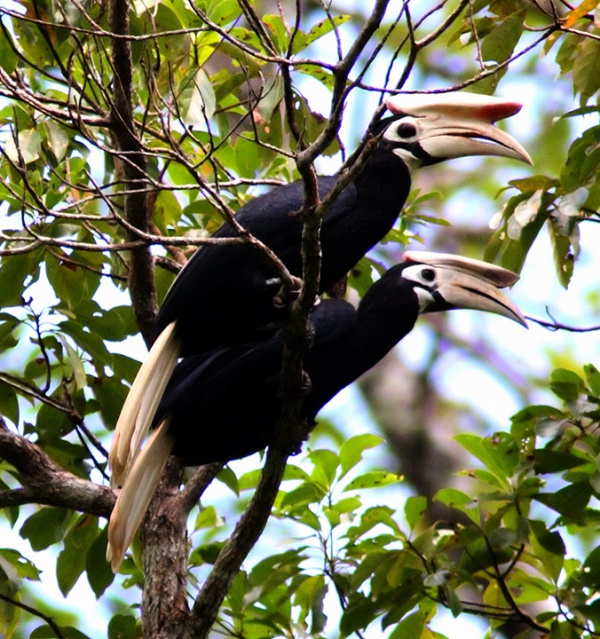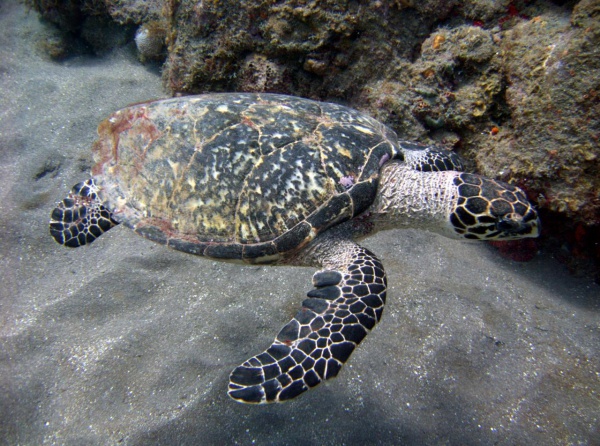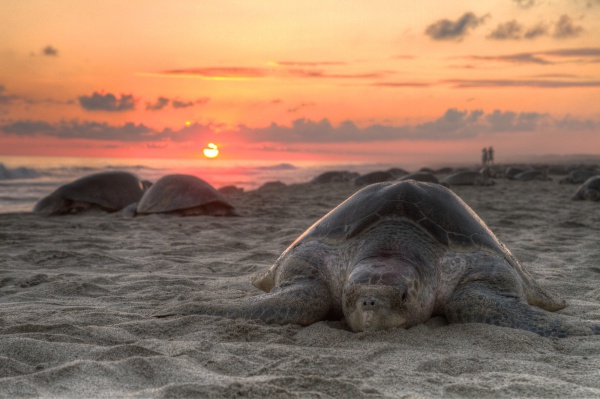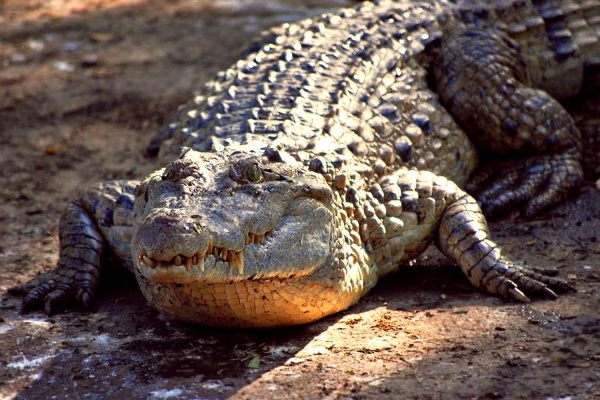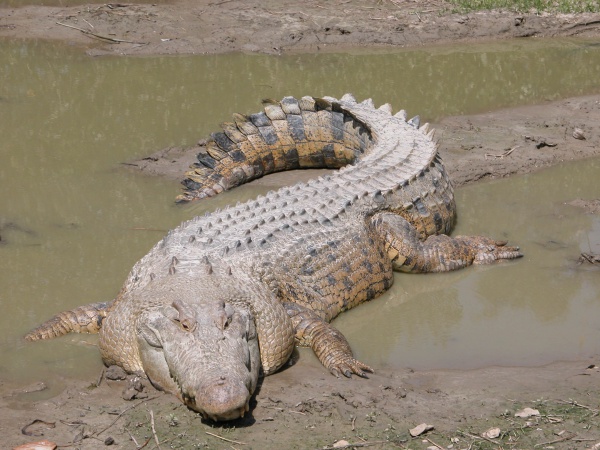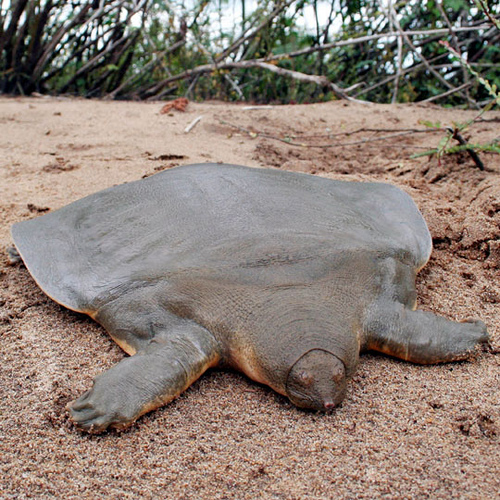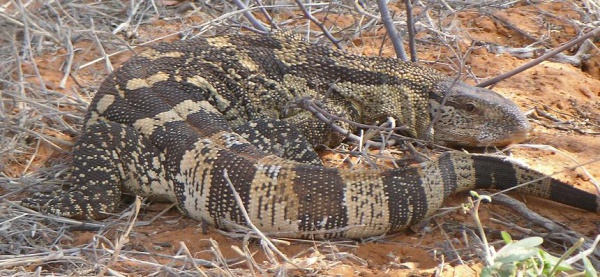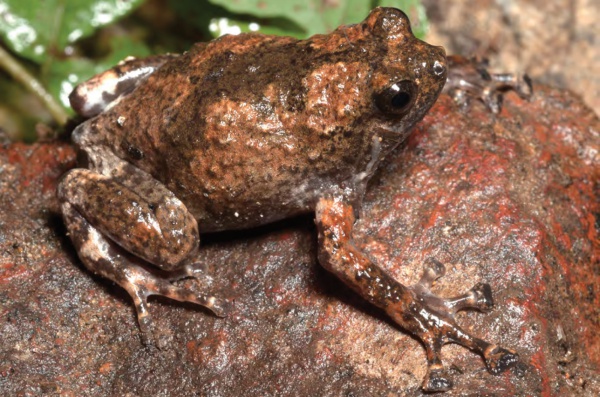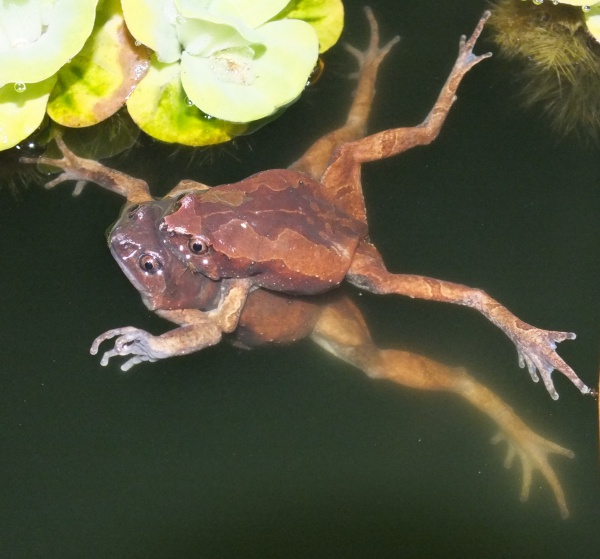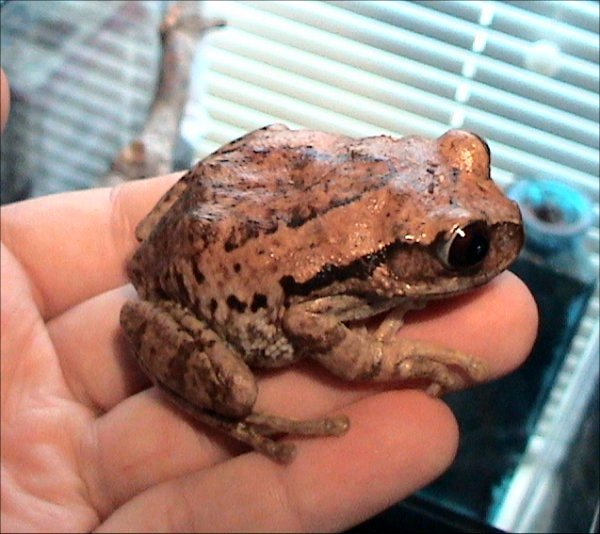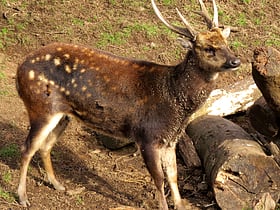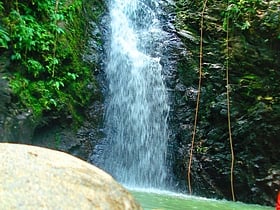
Philippines Animals
Follow the Trail of Wild Nature – Nature Tourism in the Philippines
The Philippines, a tropical paradise comprised of over 7,000 islands, is a haven for a diverse range of wildlife. From the dense rainforests of Palawan to the stunning coral reefs of Tubbataha, the country is teeming with unique and fascinating animal species. As you explore the natural wonders of the Philippines, you may encounter some of the most captivating creatures that call this archipelago home.
Venture into the lush forests and you may catch a glimpse of the Philippine tarsier, one of the world's smallest primates known for its large eyes and remarkable leaping abilities. Keep an eye out for the colorful and elusive Philippine eagle, a critically endangered species that soars through the skies with its impressive wingspan. And don't forget to explore the marine biodiversity, where you can encounter gentle giants like the whale shark and vibrant reef fish that inhabit the crystal-clear waters surrounding the islands. Join us as we embark on a journey to discover the incredible wildlife that thrives in the Philippines.
Mammals of the Philippines
In the lush landscapes of the Philippines, a diverse array of mammals thrives, from the enigmatic Philippine tarsier, with its large, expressive eyes, to the Philippine deer, which roams the forests and grasslands. The Palawan bearded pig, distinguished by its prominent facial hair, can be found foraging in the Palawan region. The Philippine flying lemur, though not a true lemur, glides between trees in the canopy with its unique patagium. In the waters surrounding the archipelago, the critically endangered Philippine dugong grazes on seagrass, a gentle marine mammal reminiscent of a serene mermaid. These species, among others, form the rich tapestry of Philippine wildlife, offering a unique glimpse into the country's natural heritage.
Birds of the Philippines
In the lush landscapes of the Philippines, bird enthusiasts can marvel at a diverse array of avian species, many of which are endemic to the archipelago. The majestic Philippine Eagle, one of the largest eagles in the world, reigns supreme in the skies and is a symbol of pride for the nation. In the dense forests, one might catch a glimpse of the colorful and critically endangered Visayan Hornbill, with its distinctive casque atop its beak. The vibrant Philippine Trogon, with its striking red belly, can also be spotted flitting among the canopy. Meanwhile, the air resonates with the melodious calls of the Yellow-vented Bulbul and the Philippine Bulbul, common sights even in urban areas. These birds, among many others, make the Philippines a true haven for birdwatchers.
Reptiles, Amphibians
Top Spots for Wildlife Observation in the Philippines
- The Tubbataha Reefs Natural Park, located in the middle of the Sulu Sea, is a marine sanctuary that boasts some of the most beautiful coral reefs in the world. Divers can encounter a plethora of marine life including over 600 species of fish, 11 species of sharks, and 13 species of dolphins and whales, such as the hawksbill and green sea turtles, which are critically endangered.
- The Palawan Wildlife Rescue and Conservation Center, formerly known as the Crocodile Farming Institute, is situated in Puerto Princesa, Palawan. It serves as a sanctuary for the Philippine crocodile, which is critically endangered. Visitors can also see other endemic wildlife such as the Palawan bearcat, Palawan peacock-pheasant, and various species of birds and reptiles.
- The Mount Apo Natural Park, towering over Mindanao, is the country's highest peak and a haven for over 272 bird species, including the Philippine eagle, which is critically endangered. The park is also home to the Philippine warty pig, Philippine brown deer, and the Mindanao montane rainforest that provides a rich biodiversity.
- The Northern Sierra Madre Natural Park, located in the northeastern part of Luzon, is the largest protected area in the Philippines. It is a critical habitat for the Philippine eagle and the Isabela oriole, both critically endangered. Other species include the Luzon bleeding-heart pigeon, Philippine deer, and the Philippine warty pig.
- The Chocolate Hills Natural Monument in Bohol is not only famous for its unique geological formations but also for its rich biodiversity. The Tarsier Sanctuary near the Chocolate Hills protects the Philippine tarsier, one of the smallest primates in the world. The surrounding forests also host a variety of birds, including the silvery kingfisher and the Visayan tarictic hornbill.
- The Apo Reef Natural Park, located off the coast of Mindoro, is the second-largest contiguous coral reef in the world and a renowned diving spot. The park is inhabited by a diverse range of marine species such as the green sea turtle, hawksbill turtle, and over 500 species of marine fauna including sharks, rays, and schools of tropical fish.
- The Mounts Iglit-Baco National Park in Mindoro is a significant habitat for the critically endangered tamaraw, a dwarf buffalo found only in the Philippines. The park's grasslands and forests also support other endemic species like the Mindoro bleeding-heart pigeon and the Mindoro imperial pigeon.
